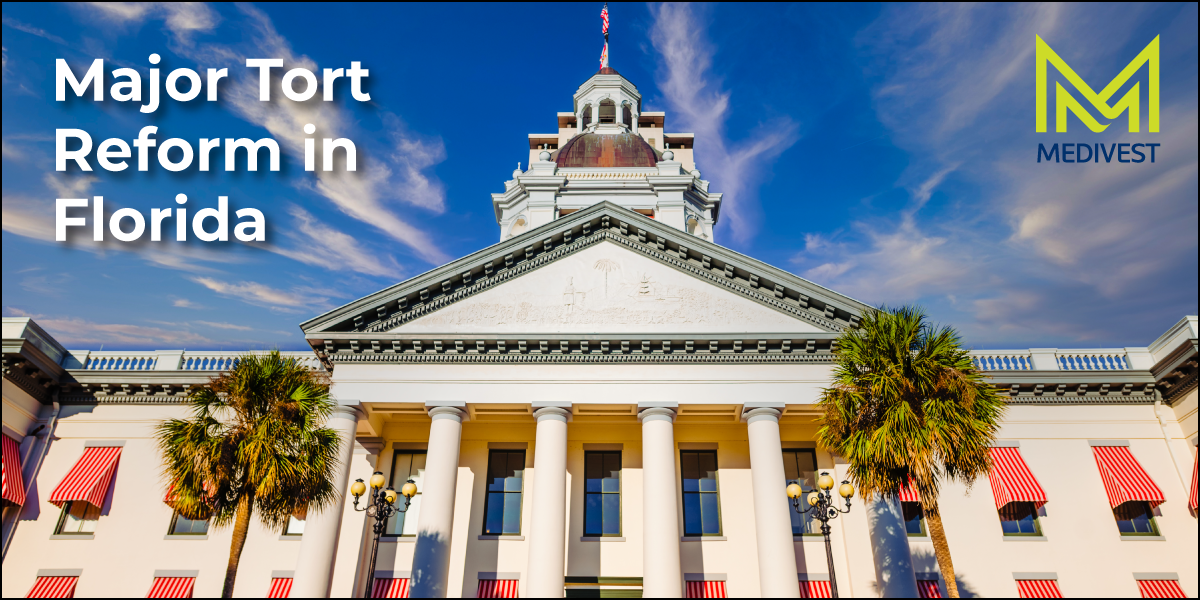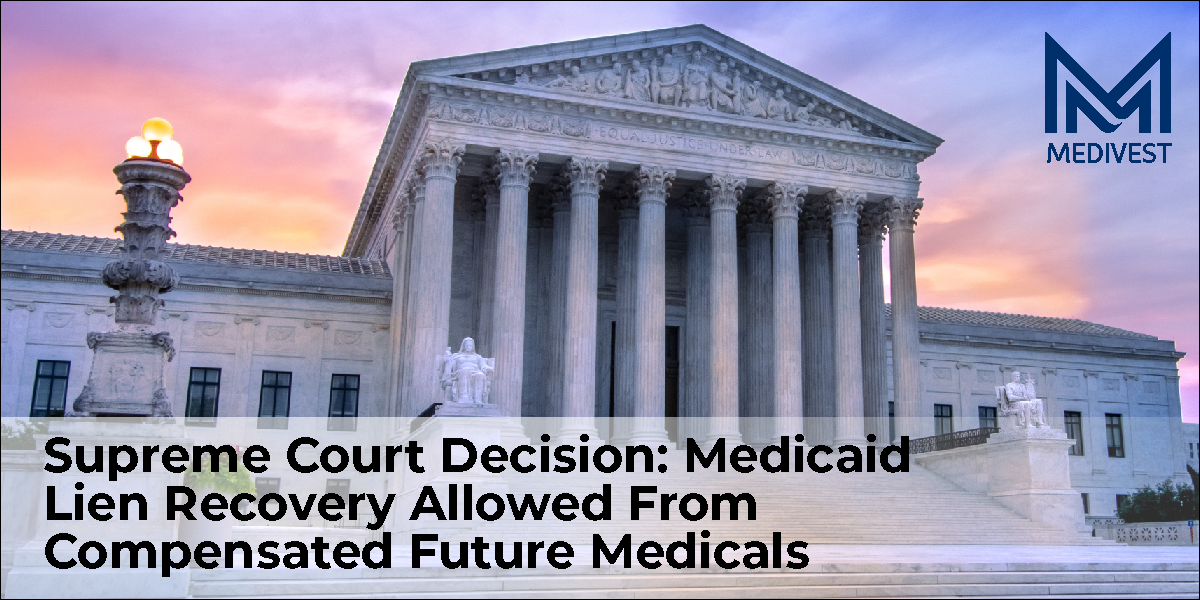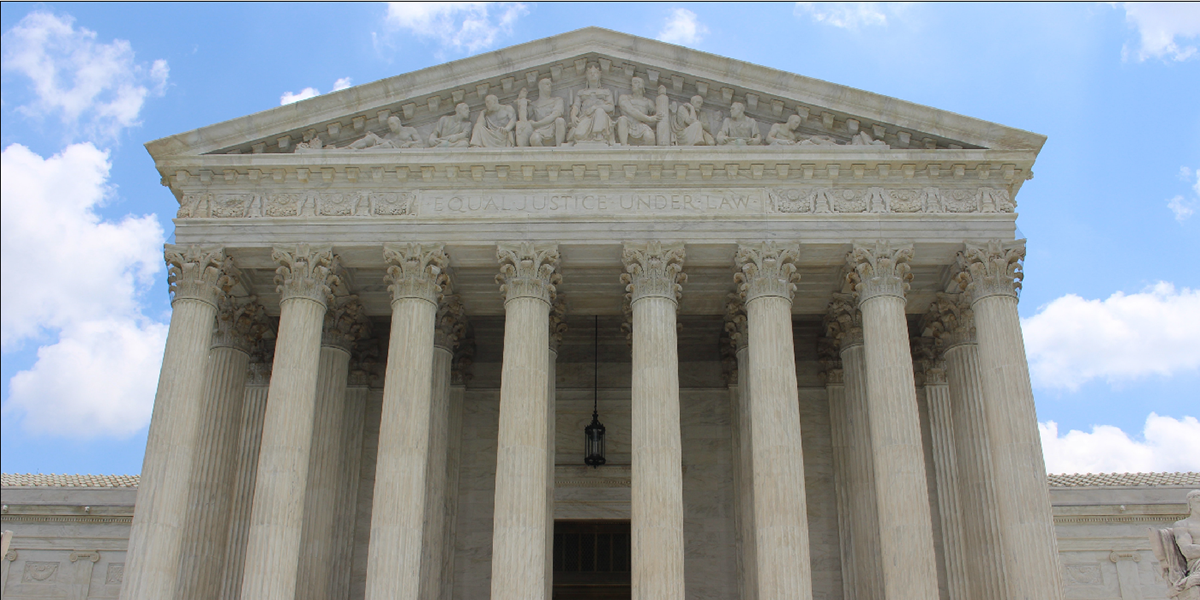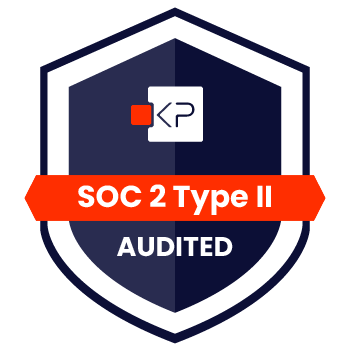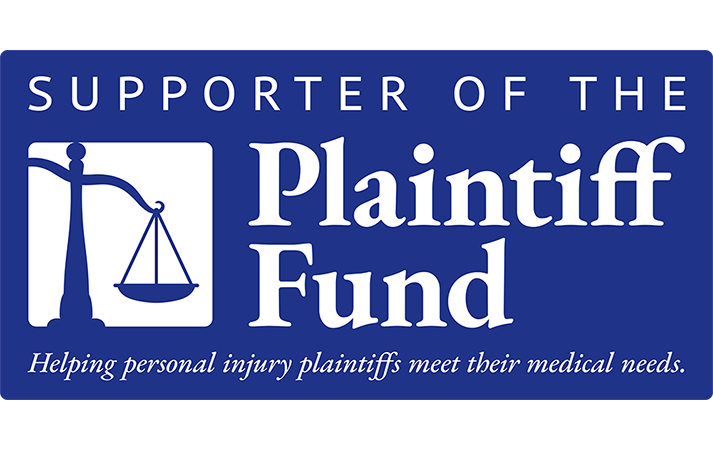On March 24, 2023, Governor Ron DeSantis signed House Bill 837 into law ushering in the most significant tort reform the state of Florida has seen in decades. The new legislation took effect immediately upon signing and will have a huge impact on the judicial system, particularly for personal injury cases against those at fault regardless of whether insured and in lawsuits directly against insurance companies when there are allegations of Bad Faith.
According to Governor Ron DeSantis, “Florida has been considered a judicial hellhole for far too long and we are desperately in need of legal reform that brings us more in line with the rest of the country. I am proud to sign this legislation to protect Floridians, safeguard our economy and attract more investment in our state.”
A Brief Summary
To read the new law in full detail click here. Some of the major highlights of the HB 837 that will have the most impact are as follows:
Modified Comparative Negligence Framework
Florida has in the past been a pure Comparative Negligence state so even if an injured party were more than 50% at fault for their injuries, they could make a claim for damages for the percentage of fault caused by a third party. Plaintiffs will now be barred from recovery if they are more than 50% at fault for their injuries. This change does not apply to actions based on medical negligence.
Two Year Negligence Statute of Limitations
The Statute of Limitations in negligence actions will cut the current statute in half. Claimants will now have two years from the time the cause of action accrues to file suit.
Limiting Bad Faith Lawsuits Against Insurers
The new law states mere negligence alone is insufficient to constitute bad faith in both statutory and common-law actions against an insurer. It also mandates the claimant and the claimant’s attorney to act in good faith when furnishing information regarding the claim, issuing demands, setting deadlines, and attempting to settle.
Attorney-Client Privilege for Treating Physicians
The referral and financial relationships between the plaintiff’s personal injury firms and the treating physicians will no longer be protected under attorney-client privilege.
Standards of Admissibility of Medical Evidence
HB 837 changes what constitutes admissible evidence in establishing past, present and future medical expenses. Going forward, the admissibility of evidence at trial of past medical treatment is limited to the amount actually paid to medical providers regardless of the source of payment (health insurance provider, workers’ compensation insurance carrier, etc.). Additionally, evidence offered to prove the amount necessary to satisfy unpaid charges will be limited to how much the claimant is obligated to pay if the claimant has health care coverage other than Medicare or Medicaid.
Regarding Attorney Fees
HB 837 eliminates multipliers for attorney fees with a presumption that the newly enacted Lodestar method is sufficient and reasonable. Additionally, many of the statutes that provide for one-way attorney’s fees in actions involving insurers have been repealed.
Presumption Against Liability of Property Owners
A new section of the Florida Statutes has been created with a presumption against liability for owners and operators of multifamily residential property in cases based on criminal acts upon the premises by third parties.
Questions About Your Liability Case?
Medivest offers a full suite of settlement solutions that address MSP exposure and protect Medicare’s interests in a liability settlement. For a free case consultation, click here and one of our settlement consultants will assist you.


